How to make jam
The secret to making good jam is understanding how to sets. While it is possible to make jam by adding pectin, this article focuses on how to make jam without adding pectin.
What is pectin?
Pectin is a starch that occurs naturally in fruits and veggies. It’s the thing that makes jam set – either when added in powder form – or when naturally occuring in high quantities, for instance in apples, quince, and citrus rinds. Fruits that are easily squashed, like strawberries and raspberries, are lower in pectin and therefore, extra pectin is sometimes added to help the jam to set to a semi-solid state. Jam made without added pectin is looser than jam with pectin, but it’s great for baking, and easier to make with storecupboard ingredients! You can also combine some high pectin fruit with a lower pectin fruit in order to help your jam set – for instance pairing an underripe apple with strawberries.
High pectin fruits:
Underripe apples, lemons, limes, gooseberries, quinces
Medium pectin fruits:
Ripe apples, grapefruits, oranges, some kinds of grapes
Low pectin fruits:
Apricots, blueberries, cherries, peaches, pears, pineapple, raspberries, strawberries
The pectin that occurs naturally in fruit needs heat, sugar and acid to activate. In most jam recipes, lemon juice is added for this reason. Heat is needed to release the pectin from the cell walls. Sugar, as well as being needed for sweetness, is usually added to absorb the extra moisture.
Tips for making jam:
- Where possible, choose underripe fruit. The pectin levels will be higher, making your jam set better without the need for additional pectin.
- Use a potato masher to break the pieces up further, to speed up the cooking process.
- Larger volumes take longer to set, so when you’re starting out, keep your batches small.
- Make sure you boil the jam for long enough – at least 20 minutes. After 20 minutes, test your jam before stopping the cooking process. Remove a small quantity and place it in the fridge for 15 minutes. Then push the edges with a finger – if it wrinkles it’s ready. If not, continue cooking the jam for another 5 minutes, and test again.
- You can also make jam in the oven, on a roasting tray. To do this, roast the fruit with lemon juice and sugar in the oven at 180°C for 45 minutes to an hour.
- The skins of fruit add colour and flavour, so leave them in unless you’re going for a completely smooth texture.
- Make sure your equipment and storage jars are clean and sterilised to prevent your jam from spoiling. To sterilise them, leave the jars slightly wet and microwave for 30-45 seconds, or run them through the dishwasher.
- Chop 500g fruit into large chunks and place in a saucepan.
- Add ½ cup of sugar, 2 T lemon juice and a pinch of salt and cook over a medium heat.
- Mash with a potato masher. This speeds up the cooking time.
- Bring to a boil and allow to boil for 20 minutes, stirring frequently.
- Skim any foam off the top with a spoon.
- Remove a teaspoonful of jam, and place on a plate in the fridge. Leave for 15 minutes and test if it sets. If it’s still very liquid, continue boiling for another 5 minutes, and check again in 5 minutes.
- Pour into sterilised jars and allow to cool.
- Store in the fridge for up to 3 weeks
How to make jam without pectin
Try one of these delicious jam recipes:
Quince jam
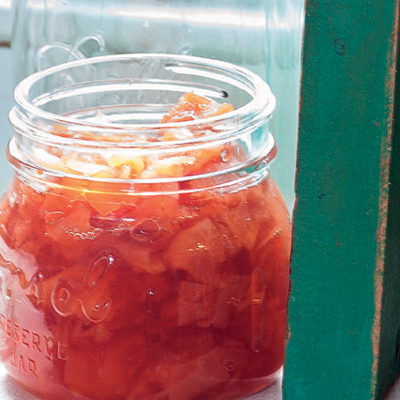
Get the recipe for quince jam here.
Raspberry and chia tray jam

Get the recipe for raspberry and chia tray jam.
Roast strawberry jam
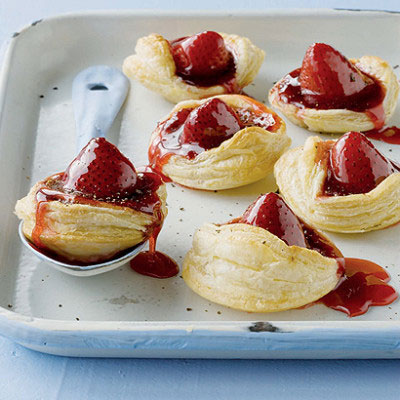
Get the recipe for roast strawberry jam here.
Roast Flavourburst stone fruit tray jam
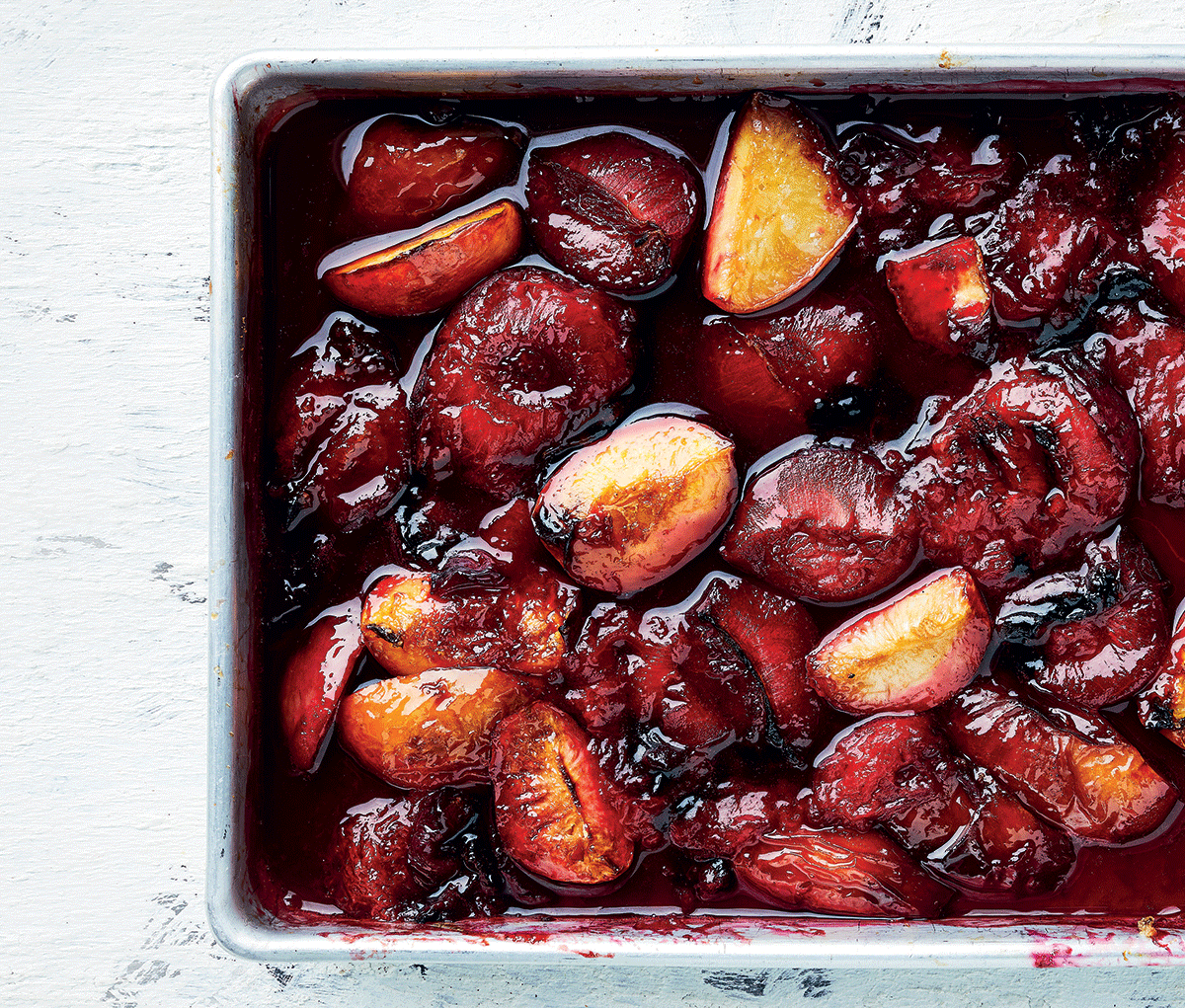
Get the recipe for roast stone fruit tray jam here.
Blueberry jam

Get the recipe for blueberry jam here.
Clemengold mamalade
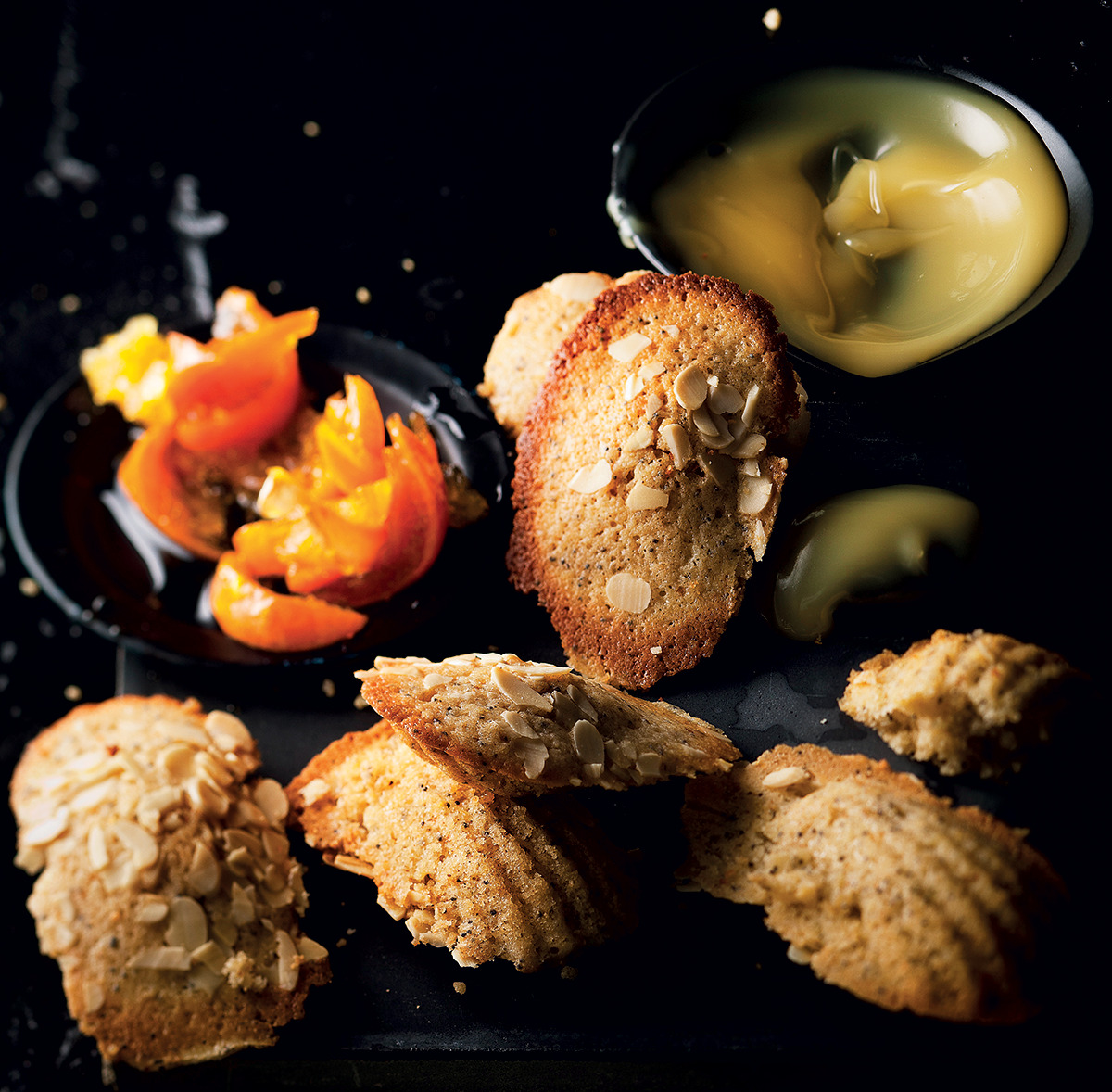
Get the recipe for Clemengold marmalade here.

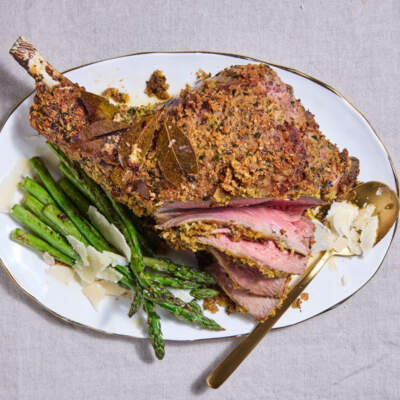
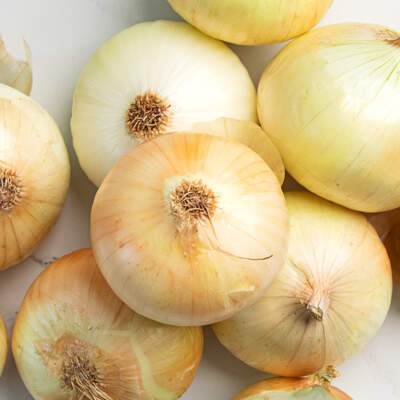


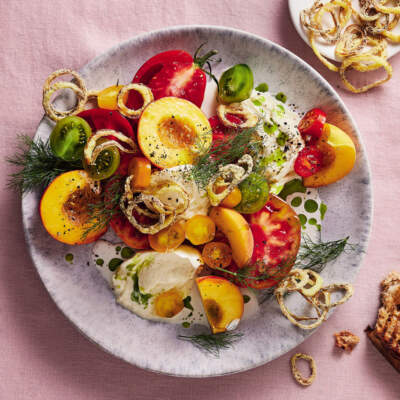
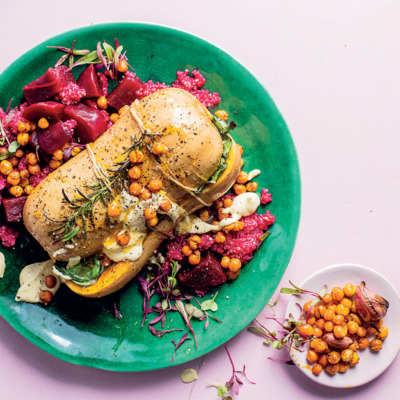

Comments